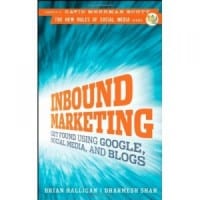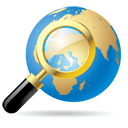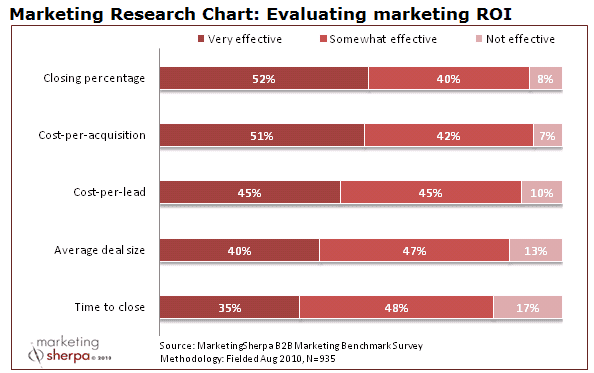Increase ROI of Inbound Marketing
 We recently had a meeting with one of our prospects who told us they do no outbound marketing (or “push marketing”) and focus solely on inbound marketing. At first, they said they didn’t need Lead Liaison because they don’t do outbound marketing. They couldn’t be more wrong. Coincidentally, if you’re only doing inbound marketing you can’t afford to not have Lead Liaison. This meeting as well as the overall public debate on inbound marketing vs outbound marketing sparked a discussion internally on how to increase ROI of inbound marketing using Lead Liaison’s revenue generation software. We documented some of these reasons for you, enjoy!
We recently had a meeting with one of our prospects who told us they do no outbound marketing (or “push marketing”) and focus solely on inbound marketing. At first, they said they didn’t need Lead Liaison because they don’t do outbound marketing. They couldn’t be more wrong. Coincidentally, if you’re only doing inbound marketing you can’t afford to not have Lead Liaison. This meeting as well as the overall public debate on inbound marketing vs outbound marketing sparked a discussion internally on how to increase ROI of inbound marketing using Lead Liaison’s revenue generation software. We documented some of these reasons for you, enjoy!
Using technology to increase ROI of inbound marketing
Lead Liaison provides a revenue generation platform that boosts ROI of inbound marketing. Here’s a list of how our solutions can help you:
Lead tracking
As prospects find you as a result of your SEO, content and social media strategies (three core components of inbound marketing) they’ll eventually find their way back to your website. Lead tracking technology identifies the name of the business visiting your website along with business intelligence information (revenue, location, description, etc.), telling sales when someone is interested – all in real time. Lead tracking also records a website visitor’s online behavior including pages viewed and keywords used in searches to help sales and marketers understand what prospects care about.
Content creation
Revenue generation software helps marketers spin up new landing pages and web forms in minutes. Instead of relying on HTML programming or IT support, marketers create professional looking landing pages and web forms using a visual designer. The visual designer is similar to PowerPoint and uses drag and drop technology to construct content. Generous use of landing pages and web forms is typically a good thing. It’s common to create a landing page with a web form for each new content area or content piece in your marketing library. Doing so will increase the probability of capturing leads and increase ROI of inbound marketing.
Database segmentation
As an alternative to buying purchased lists or list rentals, which typically offer ROIs in the 1% – 2% range, marketers can leverage technology and their own internally developed database to increase ROI of inbound marketing. Outbound marketing typically implies buying large lists and sending out generic, non-personal email blasts. Using database segmentation marketers can “carve out” specific sections of their database to deliver optimized content relevant to prospects interests.
Lead nurturing
As new prospects discover you via your inbound marketing techniques, revenue generation software will help you nurture your leads. Lead nurturing delivers consistent communications to your new-found leads based on the prospects interests, demographics, and lifetime interaction with your marketing content. Recycling and nurturing your database will increase ROI of inbound marketing by lowering investments in inbound marketing as highly qualified leads never fall through the funnel or get left behind.
Lead qualification
A growing investment in inbound marketing probably means a growing number of inbound leads. Lead qualification, sometimes referred to as lead nurturing, uses technology to automatically score leads and identify who’s hot and who’s not. Lead scoring helps sales prioritize time effectively.
Emphasizing inbound marketing over outbound marketing while leveraging revenue generation software will shorten sales, produce higher quality leads, and improve organizational efficiency.
See our post on inbound marketing vs outbound marketing for a more thorough comparison between the two marketing strategies.
We welcome your feedback, comments and suggestions. How do you feel revenue generation software can help your inbound marketing efforts?
To be alerted of future posts, please click on the RSS button.











